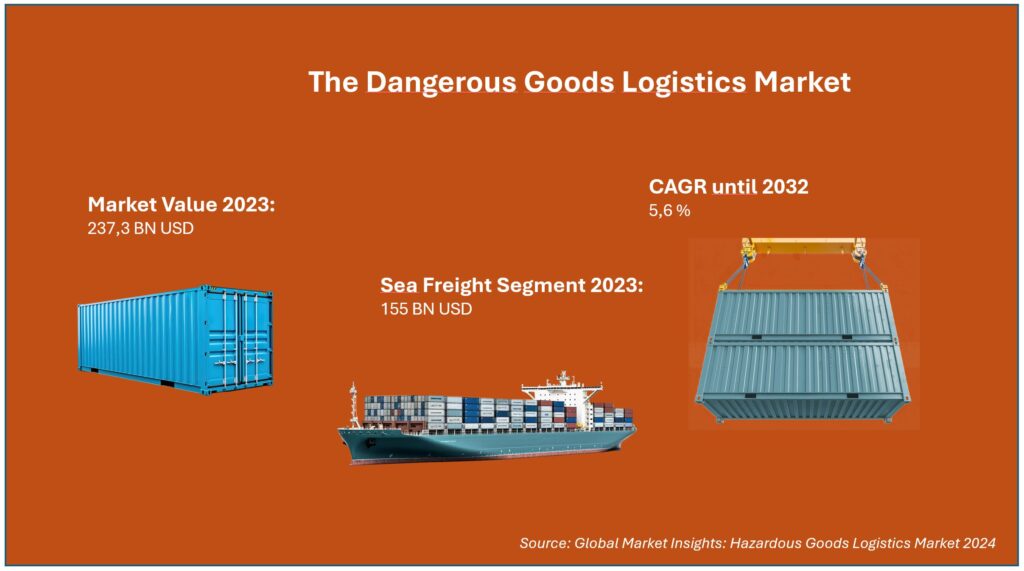
More security in RAS Cargo thanks to important procedural changes
There are important current changes in RAS-Cargo, which I will present below. France has taken on a pioneering role here. It is about changes that will increase the safety of air freight transportation in the future. After all, a not inconsiderable proportion of dangerous goods transported worldwide are now transported by air.





